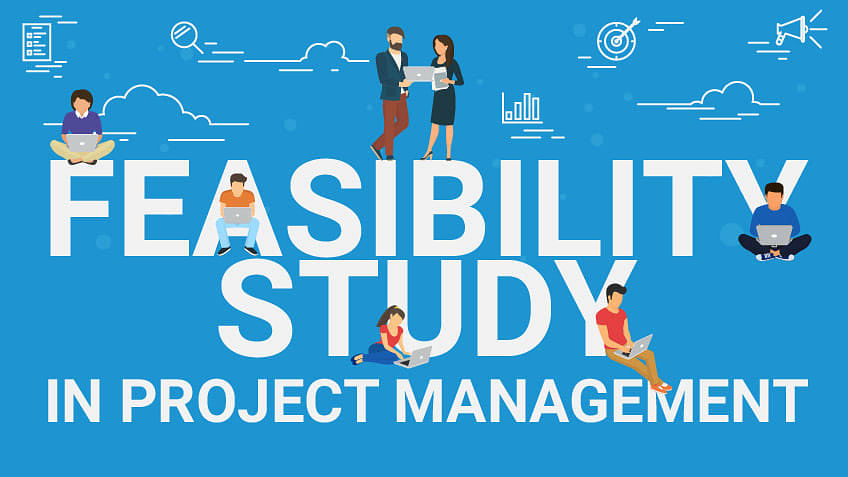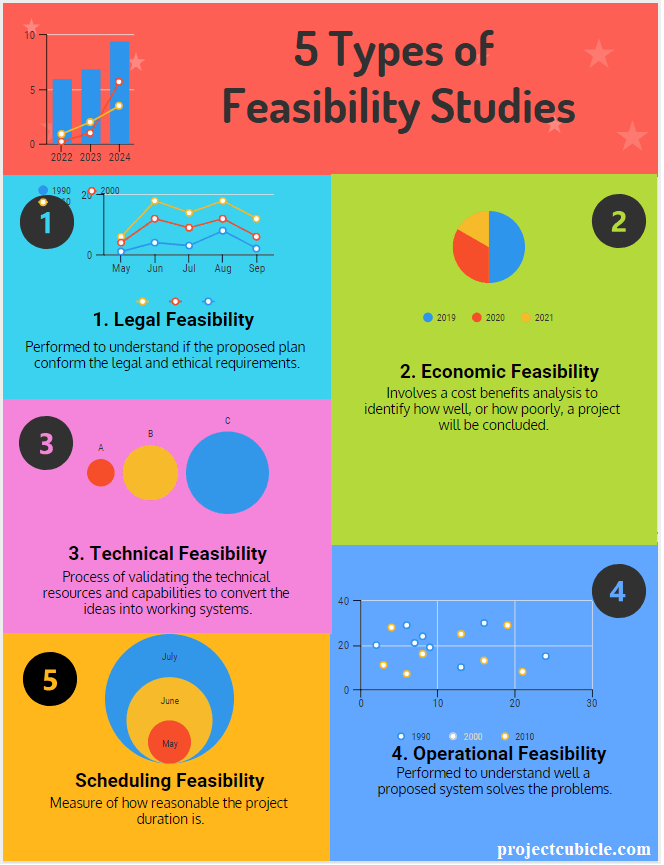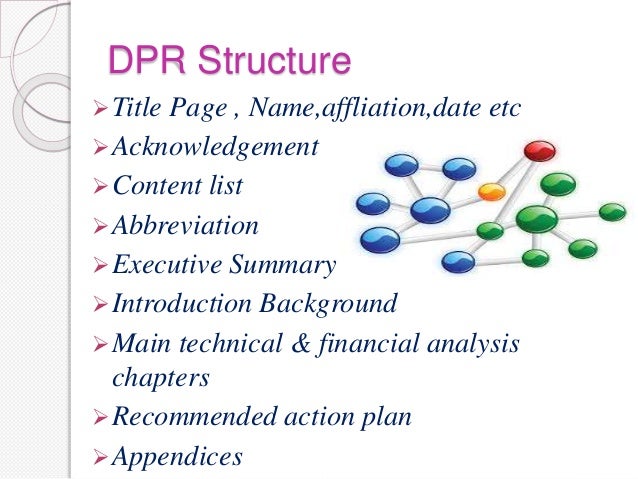Login
Login
Register
Complete Your Profile
Change Password
Request a Password Reset
Download Documents
Download Documents
Get Help to Participate in This Tender
Change Password
For better security, update the account password.
22 Aug 2019| Posted by Morris | In Mining and Ores
A pre-feasibility study is the most crucial aspect of any project. It is basically the art of measuring the viability of the project with respect to the real world challenges and the benefit that it would bring to the organization. The results of the pre-feasibility study are probably the first hand project information which is taken into consideration by the decision makers and investors. Most importantly, it acts as a basis if an organization wants to carry out a major expansion program following a successful preliminary program.
Simply put, the aim of a feasibility study is to evaluate and then remove all uncertainties that may tend to arise in the project. Experts believe that pre-feasibility study provides a basis for an in-depth design and construction. Additionally, it throws light into the fact that whether it can be completed in a technically sound and economically viable way.
The pre-feasibility study is often considered as an integral part of the project development process. It is even one of the determining factors of the feasibility study, which is more costly and resource intensive than pre-feasibility study. The pre-feasibility study helps in determining whether it should be undertaken or not.
However, it is to be noted that pre-feasibility depends a lot on the project itself, i.e. the generation, technology, etc. In some cases, several alternative technologies are also used for reaching a preliminary optimal solution.
Though the pre-feasibility study does not provide a direct answer to how secured a project is and what would be the profit to earnings ratio, it may, however, highlight the most likely avenues to pursue greater profitability and areas that need further attention before securing the first round of funding.

What is Feasibility Study?
A feasibility study is particularly an analysis that takes into consideration all the relevant factors of a project - including economic, technical, legal, and scheduling considerations. The goal is to ascertain the likelihood of completing the project successfully, within the stipulated timeline.
Project managers often use feasibility study to weigh the pros and cons of taking up the project before investing the company's time and resources. According to experts, a feasibility study provides a lot of crucial information to the company’s management and prevents it from blindly venturing into risky businesses.
Experts believe a detailed feasibility study comprises an in-depth analysis of the historical background of the business or project, including but not limited to the descriptions of the products or service, accounting statements, details of the operation and management, market share and policies, financial data, legal requirements, tax obligations, etc. You can check out a feasibility study example online to get a clear idea.
Decoding Feasibility Studies
Well, let’s understand what feasibility study is. But first, it is important to the build a concept on the term ‘feasibility study'. A feasibility study is simply a detailed analysis of the practicality of a proposed plan or project. As the name suggests, these studies primarily ask whether the project is practical and feasible to achieve. This is done by delving into the aspects of the project, concept, and the route map. Some other factors like expenditure, technology and tools necessary to complete the project, and expected ROI are also taken into account.
5 Areas of Feasibility Study
As already mentioned, a feasibility study evaluates the potential of the project to achieve success. There are almost 5 types of the feasibility study, each evaluates a separate area.
Here's a detailed analysis of all.

Importance of Feasibility Study?
Feasibility studies are one of the most vital aspects of business development. It helps businesses to channelize their resources in a streamlined manner, identify obstacles that may disrupt their regular day to day operations, and forming new marketing strategies that would help in brand building. Most importantly, it provides a deep insight into the amount of funding it will need to keep the business up and running. A proper feasibility study sample would make the picture clear for you.
Benefits of Conducting a Feasibility Study
We have already discussed feasibility study meaning. Needless to mention; the importance of feasibility study for any organization is paramount for the success of a project. A feasibility study always uncovers new ideas that completely change the scope of the project and unravel new opportunities. Experts have revealed that conducting a feasibility study is beneficial to the project as it gives the organization and its stakeholders a clear picture of the proposed project.
Some of the key benefits of a feasibility study are listed below –
ü Improves the focus of the team members.
ü Identifies new opportunities.
ü Provides key information about the project.
ü Narrows down the business alternatives.
ü Identifies the valid reasons for undertaking the project.
ü Enhance the success rate of the project by evaluating multiple parameters.
ü Aids in decision making.
ü Identifies reasons for not continuing with the project.
Download a feasibility study template to get a better insight on the advantages of feasibility study.
What is the Detailed Project Report (DPR)?
As the name suggests, a project report is a detailed plan of action and particulars about a project. The primary goal of preparing this report is to prepare a strategy that is needed to be undertaken for the completion of the project in a proper manner. The strategy may comprise various aspects of a project, such as technical feasibility, financial aspects, marketing goals, etc.
The DPR comprises a detailed project report and all the other necessary aspects that are required to be submitted to the financial institutions for raising funds. Added to that, it consists of the analytical study of the proposed project and its viability in the real world. It also highlights the real world challenges that may tend to hamper the project. The capacity of the promoters and competence of the project is also mentioned in the report.
In simple terms, a detailed project report is a document comprising a detailed analysis of investment decision making, approval, and planning. It also comprises a deep insight into the planning and implementation of the project. Experts say the report shall critically evaluate all necessary key indicators in order to ascertain mitigation implementation and effectiveness. The study shall also include environmental assessment in accordance with the proposal of the project.
Importance of DPR
DPR carries immense significance in any project. Needless to mention; a DPR is building block for any initiative. Thus while making a DPR, sufficient attention should be given and sufficient details must be included in order to ensure appraisal, approval, and proper implementation of the project. The major sectors that are covered are as follows –

For projects that are worth 100 crores (1 Billion), structured estimation of the Economic Internal Rate of Return (EIRR) is prescribed as a part of the Social Cost-Benefit Assessment. The EIRR incorporates monetization of the identified social benefits and adverse impacts for social perspective corrections to the costs and benefits considered for the purpose of financial viability assessments.
However, for projects where the EIRR is found to be less lucrative or is not as profitable as others, and the project planners that there are substantial benefits which are intangible, then the project EIRR analysis is supported by detailed, descriptive statements and assessments on such benefits. And for projects whose net worth is less than 100 crores, the EIRR becomes optional.
Benefits of Detailed Project Reports
Well, there are lots of advantages to DPR. Here are 7 key benefits of DPR and why they are must for the successful completion of any project –
The most basic advantage of DPR is ‘tracking’. DPR helps managers, team members, and stakeholders to keep track of the proceedings of the project and the method implemented. Some items that are necessary to keep a track include tasks, issues, risks, budget, and the overall condition of the project.
Identifying risks is a key step to turn any project into a success. With the right reports, it is very easy to spot a risk early and take necessary action or ask project stakeholder for help. Reporting the risks also makes it easy for the team to work on the problem.
Cost management is not an easy task. But with regular reporting, it’s not that difficult to narrow down the expenditure clearly and manage the budget with complete visibility.
Visibility is one of the most important aspects of project management. It is also the most asked about question. Reporting increases visibility into the projects and provides full insight into how the project is performing, be it positive or negative.
Needless to mention; reporting puts managers in complete control of the project. It allows them to see and analyze the progress, stagnation, regress of certain elements, how team members are performing, and the quality of work completed within a specified time.
Information provided by the team drafting the DPR helps decision makers decide further course of action. For instance, they may figure out that communication was an issue and make necessary changes to the plan for the next phase of the project.
If there’s any part of a project that requires reporting, people will definitely report on it. But if there’s an element that doesn’t require reporting, people will obviously won’t. The knock-on effect? The part of the project which was not reported falls by the wayside. However, if an in-depth reporting is done, the team members would get daily feedback, and no part of your project will be left out.
By now, you must have understood that the importance pre-feasibility study, feasibility study and detailed project reports (DPRs) for the successful completion of a project is paramount. Thus, you must always hire an expert to get the job done. But if you hire an unprofessional agency, chances for loss are always on the higher side.
That’s you must not hire any agency blindfolded. Before making a final call, you must carefully analyze the experience level of the managers and the team members, the type of projects that they have handled, and their average turnaround time. If you think that they are satisfying your requirements, you can definitely hire them. Else, you should start looking for better options.
So, what are waiting for? If you have won a tender or looking for some quality ones in the domestic/ international market, then definitely get the feasibility checked by us. We have years of experience and have been helping companies win quick tenders and carry out a feasibility study for the same real quick!
We bet our trained and experienced staff would listen to each of your requirements and address each of them with care. Call today and never lose your money on a risky project.